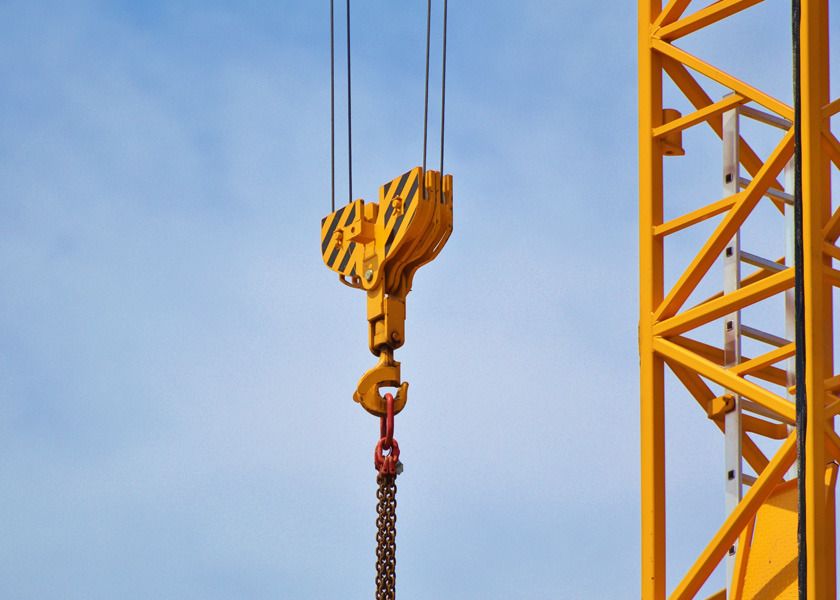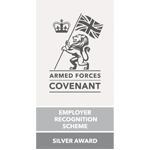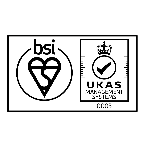
How to avoid dropped objects
Dropping objects from height is, unfortunately, a common problem in the oil and gas industry. Prevention can be achieved through a common approach, according to Allen Smith of DROPS (Dropped Objects Prevention Scheme).
Exposure to dropped object potential in the oil and gas sector, is particularly acute in upstream drilling and well services, but also exists in all activities across the whole supply chain. This is a dynamic working environment, with operations requiring heavy equipment to be suspended and maintained at height, continuously exposed to significant forces from many sources.
There are also many supporting activities such as lifting, transportation, stacking, storing and the on-going inspection, repair and maintenance while working at height. For over 20 years the oil and gas sector has been learning and sharing lessons from incidents through DROPS. The scheme is a member funded initiative, which includes representation from operators, major service partners and a broad cross section of the engineering and contractors sector, plus a number of specialists product suppliers promoting best practice in securing tools and equipment at height.
DROPS is an energy Industry Initiative with over 200 members from across the global supply chain. Its main objective is to eliminate injury to people and damage sustained to assets, environments and business due to dropped objects. Ultimately it seeks to deliver a ‘second-nature’ dropped objects prevention strategy, that leads to instinctive and habitual processes to identify, assessing and managing dropped object potential in every task and at every step.
Acknowledging the problem
First we must acknowledge that there is a problem and that dropped objects do pose a significant threat to a business. Data from various sources confirms that dropped objects do continue to harm and kill personnel and members of the public. Typically we learn from the unfortunate consequences of incidents but once there has been an unplanned release of gravity’s constant acceleration factor there will always be a consequence based on the item’s mass and the distance it falls. Equipment damage can result in unnecessary loss or repairs, or loss of containment that results in spills, or unnecessary waste.
Ultimately a dropped object incident will always cause damage to the business in lost time, money and reputation.
There are many examples of dropped object incidents during lifting that can be described as failures in load security. Equally, they can be related to lifting and lifting equipment. They can occur anywhere at any time. After all, lifting equipment and ancillary fixing are subject to continuous loading from lifting activities and the working environment.
Cranes require maintenance at height, tools can be dropped, and there are always surprises – from dropped level indicators, balls of congealed grease and even nuts and bolts that secure individual items to the structure. When using DROPS tools, such as the consequence calculator, it becomes apparent that even the smallest of items that fall from a height can cause harm. For example, if a 200 g bolt was to be dropped over 30 metres, a life changing, major injury would be very likely.
All incidents will have underlying causal factors and investigations will highlight areas for improvement. Common causes include:
- Poor hazard identification and risk assessment
- Failed fixtures and fittings / corrosion / vibration / Non—OEM Parts
- Poor housekeeping (loose tools and parts)
- Poor lift plan / collisions / snagging
- Inadequate design / certification
- Human factors / error traps
- Inadequate inspection, repair and maintenance
- Redundant / neglected / home-made tools and equipment
- Overloading / incorrect or improper use of equipment and tools
- Inappropriate procedures / not following procedures
- Inadequately stored / secured tools and equipment
- Environment (weather, sea motion, ground movement)
- Planning and operational miscalculations.
These common causes of dropped objects can also be considered as prompts to inform task planning and risk assessments.
Human factors or the range of physical, psychological, organisational influences, which can affect how people carry out tasks can also be considered as error traps or the factors and situations that cause people to make mistakes. This is an area of focus that many industries have explored and addressed.
Continued development and improvement of shared industry guidance
These common causes also inform the continued development and improvement of shared industry guidance. Although IOGP is the voice of the oil and gas sector, its recommended practice for lifting and hoisting safety is readily adaptable and includes a number of useful templates. Perhaps more importantly it addresses safety management system elements emphasising that there are essential principles for every activity in every task. The guidance for categorising lifts developing specific lift plans is certainly and opportunity to address this in detail. Other industry resources such as HPOG (Human Performance Oil and Gas) presents adaptations of shared best practice in identifying and managing the factors that influence people and how they respond and work.
For DROPS, a comprehensive recommended practice will offer high level administrative guidance for establishing a scheme and addressing the fundamental requirements of a dropped object prevention strategy across every step.
Take the time to realistically identify and assess dropped object hazards. This may be the opportunity to eliminate or substitute or change the hazards. All controls must be authorised and verified to ensure these are being managed throughout the task planning and execution.
Ensure there is opportunity to talk about dropped object potential during pre-lift toolbox talks to reaffirm how they might occur and what controls are in place and who will be responsible for them at each step.
Free lift equipment inspections may follow a set checklist or picture book, but all personnel should be familiar with the concept of reliable securing.
As the lift is executed there is need for constant vigilance and ensuring that access to areas within the cone of exposure remains restricted and that any critical equipment is protected where practical. Once the lift is completed there are specific tasks to undertake, but also ensure that any damage sustained to equipment or to loads is inspected, recorded and prioritised for corrective action.
And exploit industry resources designed to support after action reviews, walk and talk through the task to determine what went well and what could be improved.
In summary: what can we do to prevent dropped objects?
- Respect gravity – it is a hazard that cannot be removed or isolated
- Identify potential dropped objects, eliminate unnecessary loose items
- Discuss each task step and consider how gravity and other dynamic forces will affect the lift (remember that we use gravity to lift)
- Ensure engineered controls are ‘as per OEM’, properly installed, maintained and inspected (throughout each lift step)
- Question the robustness of fastenings and fittings, adopt the principles of DROPS industry best practice (Reliable Securing)
- Share best practice with others
- Always be vigilant.
DROPS’ Reliable Securing is a document that contains relevant and readily adaptable guidance for the securing of structures equipment and tools at the worksite, particularly where it is secured at height.
Other resources include: DROPS’ Back Loading with pictorial references of key areas to inspect beyond obvious checks. There is a wide range of free to download material through DROPS website from awareness campaigning posters to guidance on establishing management systems and systematic equipment and work site inspections. The Consequence Calculator and Exclusion Zone Calculator can also be found here.
For all DROPS Guidance and Best Practice resources, visit www.dropsonline.org
Other resources online include www.hpog.org; www.iogp.org and www.gplusoffshorewind.com.
This article is based on a LEEA hosted webinar, which can be watched on LEEA’s YouTube Channel at: https://www.youtube.com/watch?v=aN9cBVx6LsE



